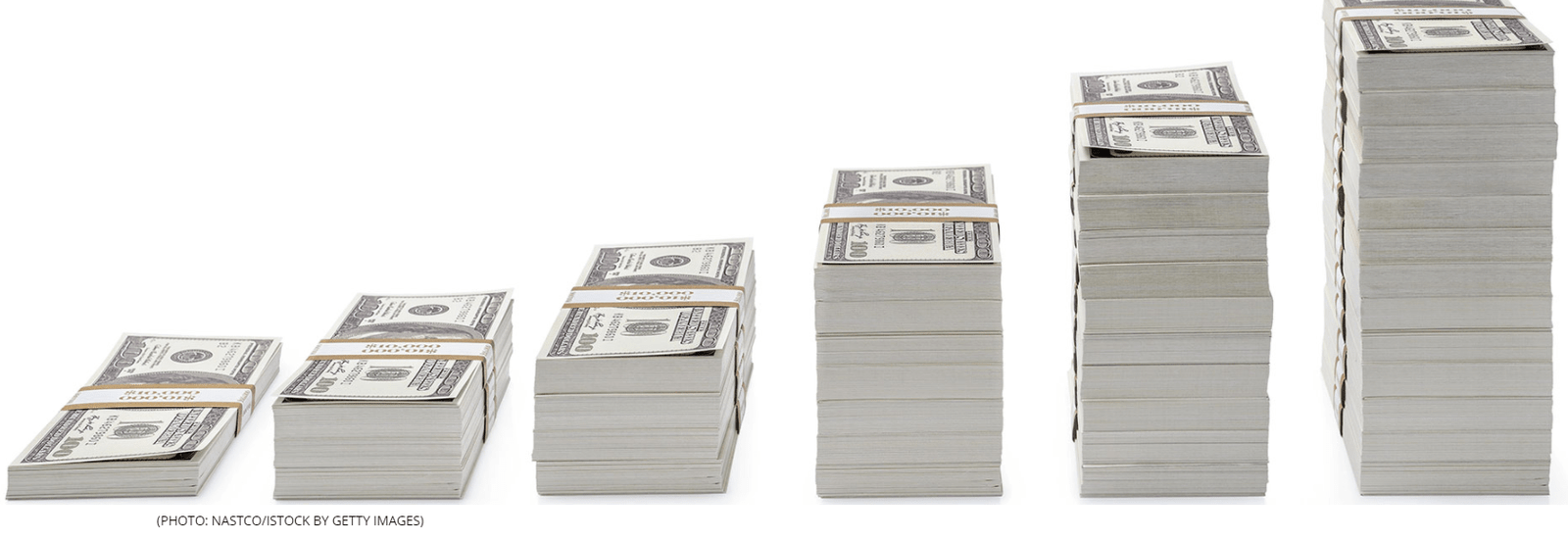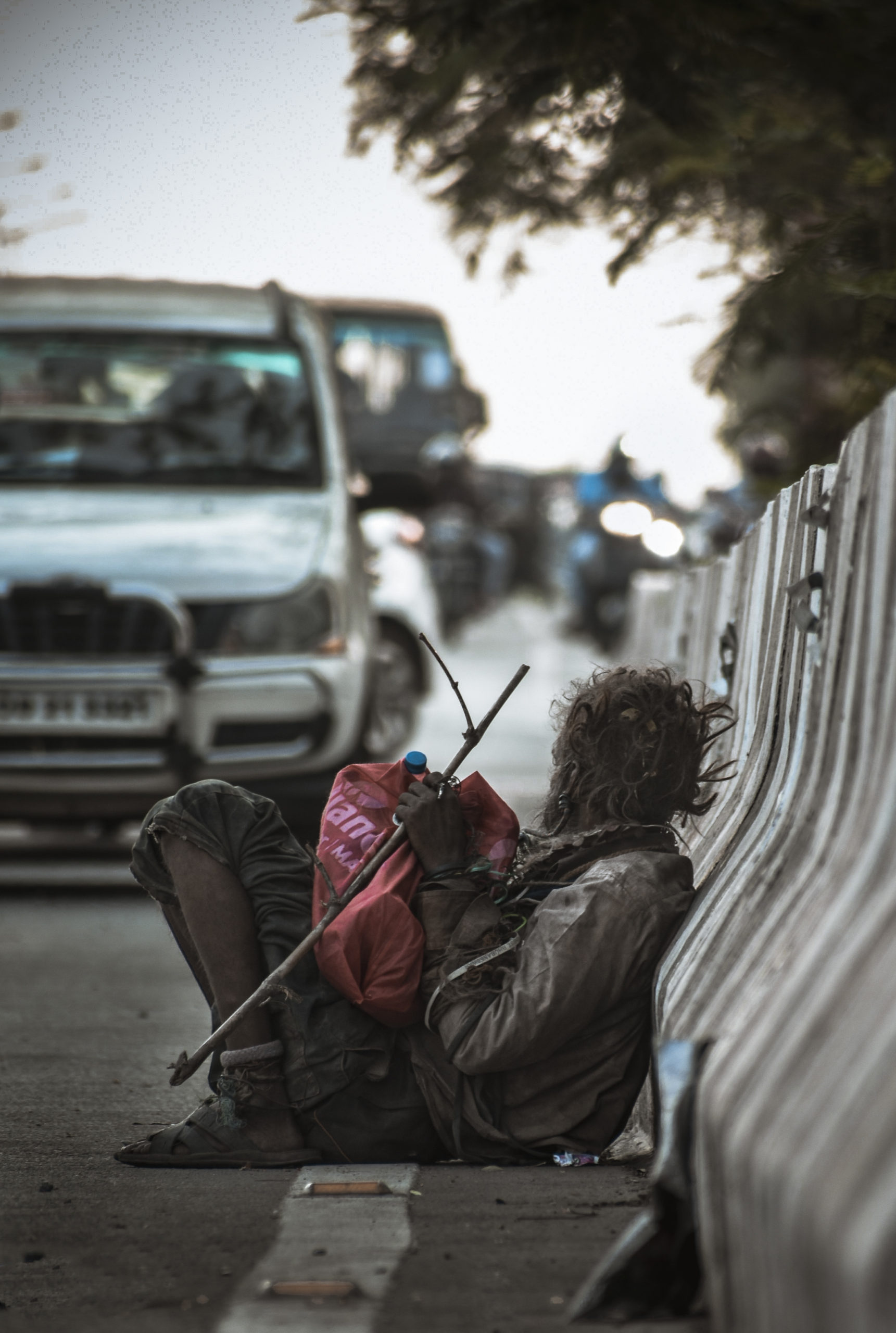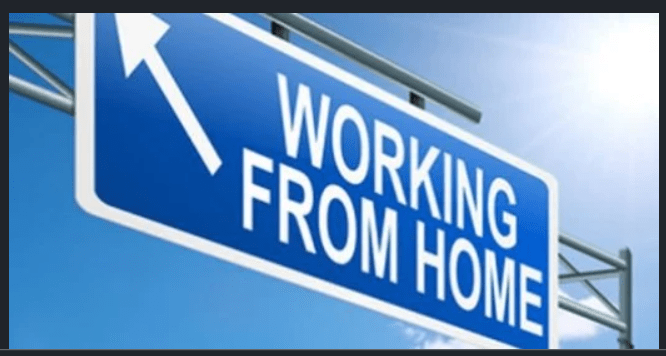When Inequality is High, Pandemics Can Fuel Social Unrest
In the months and years following previous pandemics, the countries most affected saw a rise in social unrest. Based on this historical trend, the COVID-19 pandemic could pose a threat to the social fabric in many countries, but these trends do not pre-determine an outcome.






